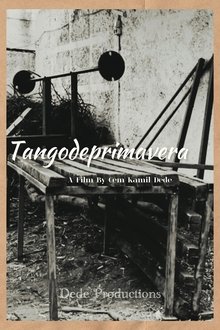Pemba is a Mamma's Boy. At two-years old, he should be independent, but he's still living at home. Like most teenagers, he's impatient and headstrong, which makes him bad at stalking and hunting, so Mom provides all their meals. But when Mom is injured Pemba is forced to grow up fast in order to survive.
Related Movies
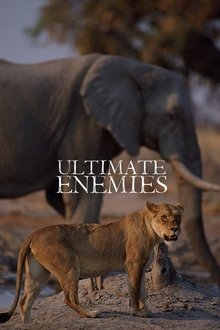
Ultimate Enemies: Revealed (2022)
National Geographic filmmakers, Dereck and Beverly Joubert, explore how some animals are thrust together by the forces of nature-sometimes through a millennium of evolution or even last year’s drought. In the aftermath of strange elephant deaths, they piece together a visually stunning story that confirms their theory that lions were hunting elephants. Narrated by Jeremy Irons.
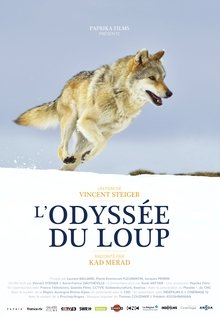
A Wolf's Journey (2019)
Cast out by his pack, a young wolf has to face his destiny alone and try to survive in a world reigned over by Man. From the forests of Romania to the coastline of the Atlantic Ocean, he heads off in search of a new territory, a new pack and a new family.
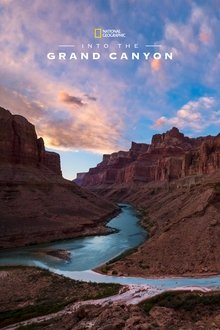
Into the Grand Canyon (2019)
Two journalists traverse the Grand Canyon by foot, hoping this 750-mile walk will help them better understand one of America's most revered landscapes and the threats poised to alter it forever.
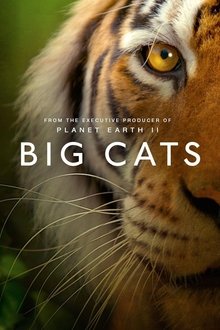
Big Cats (2019)
Documentary series uncovering the secret lives of big cats, using the latest technology and scientific research to bring these animal superstars out of the shadows.
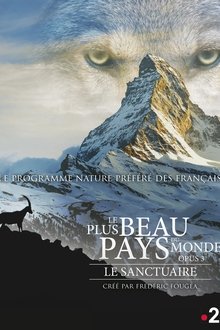
The Sanctuary: Survival Stories of the Alps (2019)
A dive inside a wild land where nature hides some of her greatest secrets: The Alps. Steep slopes, wind swept cutting edge rocks. An air desperately lacking of oxygen. A biting cold. How do living beings adapt to those extreme conditions?
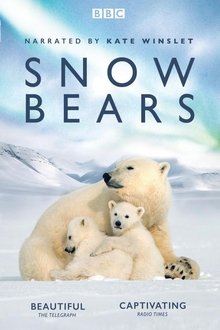
Snow Bears (2017)
The enchanting true-to-life tale of polar bear cubs and their mother on a 400-mile journey from their birth den in Svalbard to the pack ice surrounding the North Pole.
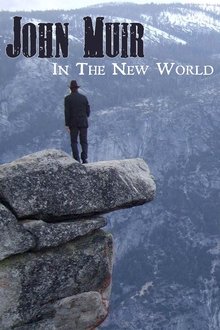
John Muir in the New World (2011)
The life and the career of John Muir come to life through this inspiring and beautiful documentary set against the magnificent landscapes of the American West. The Scottish-born naturalist was one of the first nature preservationists in American history, inspiring others through his writing and his advocacy to keep the wilderness wild. Shot in high definition in the spectacular landscapes that shaped Muir - and were, in turn, shaped by his devotion.
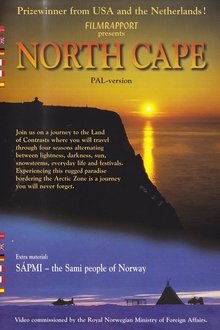
North Cape (1997)
This video has won festival prizes in Chicago and Rotterdam and has been declared Norway’s finest video for tourists by “Aftenposten”, one of Norway’s largest newspapers, witch wrote: “The reality of this region, communicated by craftsmen who know what they are going, is by itself fantastic enough. Here you will see real people – fishermen and Sami – in our best known travel destination, in magnificent, flowing scenes revealing rapturous artistic flair. Three cheers!” Life in this part of the country is totally dependent on nature. Winter storms, cold polar nights, the midnight sun and warm summer days. Communities that rebuilt themselves after being totally destroyed during World War II. You can take part in all of this and experience life at the North Cape, the northern outpost of Europe. You will find yourself watching this video time and time again…
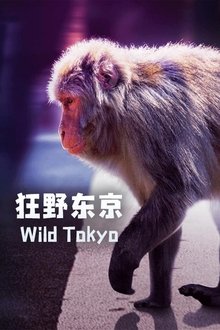
Wild Tokyo (2021)
It may be the largest and most densely populated city on Earth, but Tokyo’s 14 million human residents share their home with an astonishing array of wildlife. From jewel beetles and goshawks in the city’s shrines to the forests of Okutama where bears, monkeys and tanuki feast, this film reveals the power of nature in Japan’s capital.

Space Dogs (2019)
Laika, a stray dog, was the first living being to be sent into space and thus to a certain death. A legend says that she returned to Earth as a ghost and still roams the streets of Moscow alongside her free-drifting descendants. While shooting this film, the directors little by little realised that they knew the street dogs only as part of our human world; they have never looked at humans as a part of the dogs’ world.
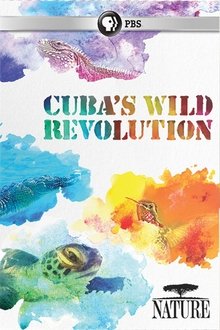
Cuba's Wild Revolution (2019)
As the largest island in the Caribbean, Cuba is host to spectacular wildlife found nowhere else on the planet: from the jumping crocodiles of the Zapata swamp to the world's tiniest hummingbird, from thousands of migrating crabs to giant, bat-eating boas that lie in wait for easy prey. Decades of a socialist, conservation-minded government, American embargoes and minimal development have left the island virtually unchanged for 50 years. As international relations ease, what will become of this wildlife sanctuary?
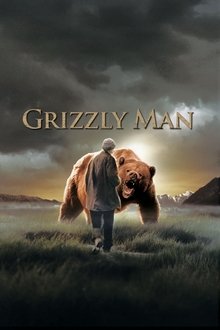
Grizzly Man (2005)
Werner Herzog's documentary film about the "Grizzly Man" Timothy Treadwell and what the thirteen summers in a National Park in Alaska were like in one man's attempt to protect the grizzly bears. The film is full of unique images and a look into the spirit of a man who sacrificed himself for nature.
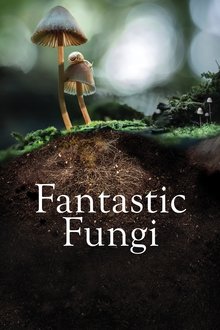
Fantastic Fungi (2019)
A vivid journey into the mysterious subterranean world of mycelium and its fruit— the mushroom. A story that begins 3.5 billion years ago, fungi makes the soil that supports life, connecting vast systems of roots from plants and trees all over the planet, like an underground Internet. Through the eyes of renowned mycologist Paul Stamets, professor of forest ecology Suzanne Simard, best selling author Michael Pollan, food naturalist Eugenia Bone and others, we experience the power, beauty and complexity of the fungi kingdom.
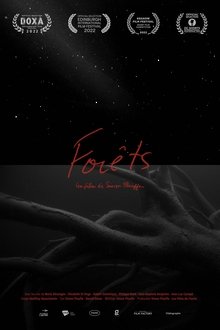
Forests (2022)
In a dark, ambiguous environment, minuscule particles drift slowly before the lens. The image focuses to reveal spruce trees and tall pines, while Innu voices tell us the story of this territory, this flooded forest. Muffled percussive sounds gradually become louder, suggesting the presence of a hydroelectric dam. The submerged trees gradually transform into firebrands as whispers bring back the stories of this forest.
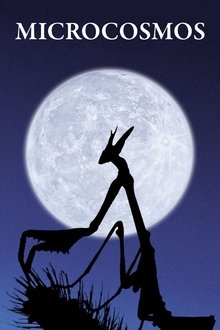
Microcosmos (1996)
A documentary of insect life in meadows and ponds, using incredible close-ups, slow motion, and time-lapse photography. It includes bees collecting nectar, ladybugs eating mites, snails mating, spiders wrapping their catch, a scarab beetle relentlessly pushing its ball of dung uphill, endless lines of caterpillars, an underwater spider creating an air bubble to live in, and a mosquito hatching.
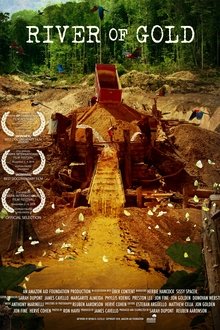
River of Gold (2016)
Narrated by Academy Award winners Sissy Spacek and Herbie Hancock, River of Gold is the disturbing account of a clandestine journey into Peru's Amazon rainforest to uncover the savage unraveling of pristine jungle. What will be the fate of this critical region of priceless biodiversity as these extraordinarily beautiful forests are turned into a hellish wasteland?
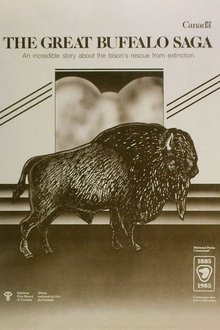
The Great Buffalo Saga (1985)
By the late 1800s the free-ranging buffalo of the western plains of North America were almost extinct. This documentary is the story of the buffalo's revival. Live action, eye-witness accounts and archival photos document our fascination with this ancient and legendary animal.
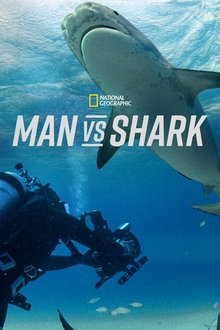
Man vs. Shark (2019)
40 years after inventing armored suits that protect divers from attacks by smaller shark species of sharks, marine biologist, Jeremiah Sullivan, faces off against hungry hammerheads and deadly tiger sharks to measure their bite force, body strength and ability to chew through his advanced materials before creating new armor he’ll test by putting himself inside the devastating jaws of a 14-foot tiger shark.
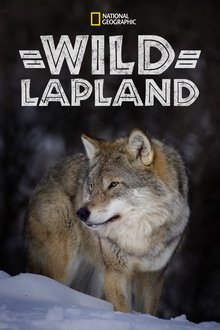
Wild Lapland (2020)
Snow blankets the trees and green lights dance in a star-filled sky. For a brief time during the festive season, our thoughts turn to a winter wonderland, far to the north. It’s a place best known to outsiders as Lapland, the magical home of Santa Claus. But far from the festive lights, Santa’s home is even more enchanting than you may realise.
